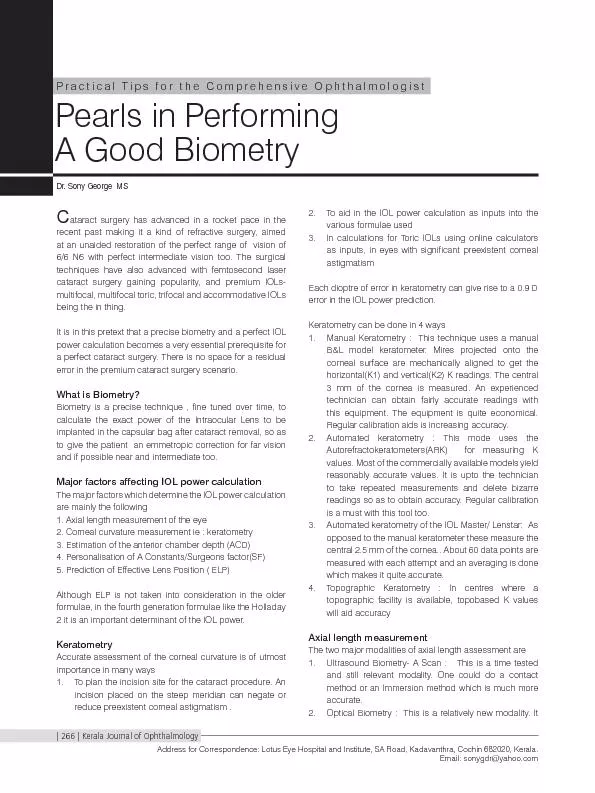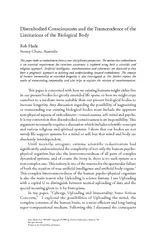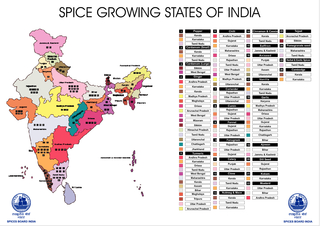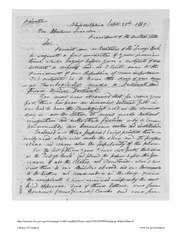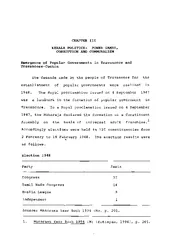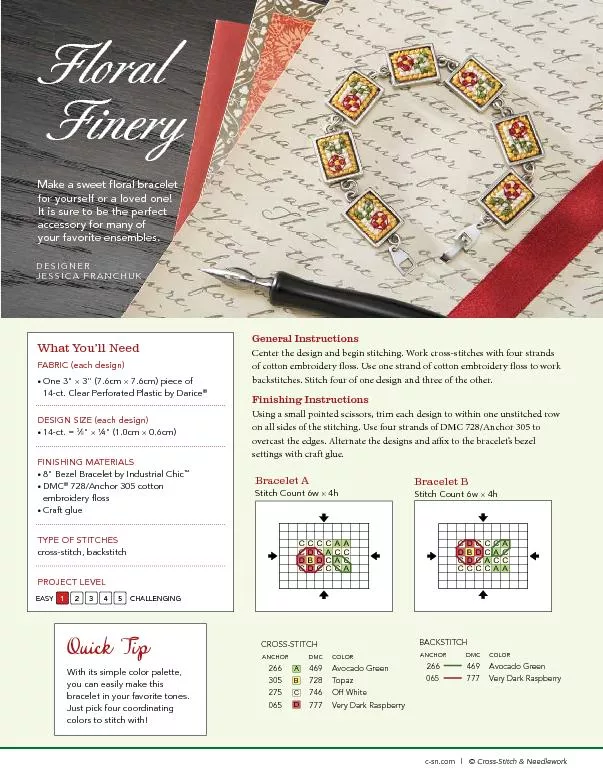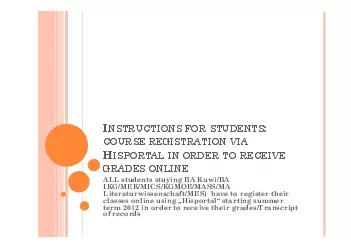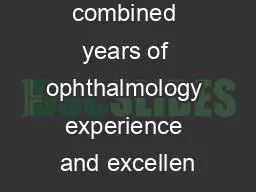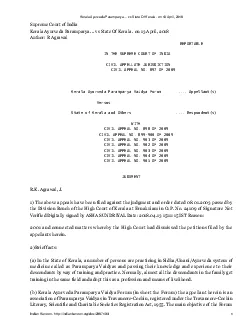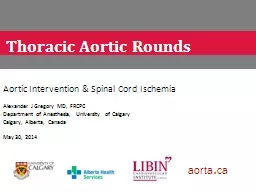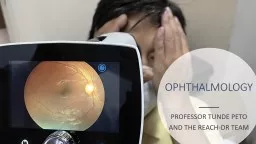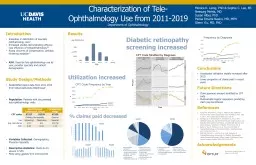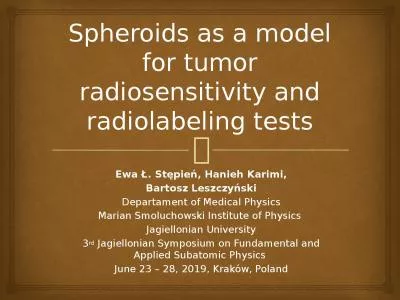PDF-| 266 | Kerala Journal of Ophthalmology
Author : tatyana-admore | Published Date : 2016-10-16
Pearls in Performing Practical Tips for the Comprehensive Ophthalmologist ataract surgery has advanced in a rocket pace in the recent past making it a kind of refractive
Presentation Embed Code
Download Presentation
Download Presentation The PPT/PDF document "| 266 | Kerala Journal of Ophthalmology" is the property of its rightful owner. Permission is granted to download and print the materials on this website for personal, non-commercial use only, and to display it on your personal computer provided you do not modify the materials and that you retain all copyright notices contained in the materials. By downloading content from our website, you accept the terms of this agreement.
| 266 | Kerala Journal of Ophthalmology: Transcript
Download Rules Of Document
"| 266 | Kerala Journal of Ophthalmology"The content belongs to its owner. You may download and print it for personal use, without modification, and keep all copyright notices. By downloading, you agree to these terms.
Related Documents

